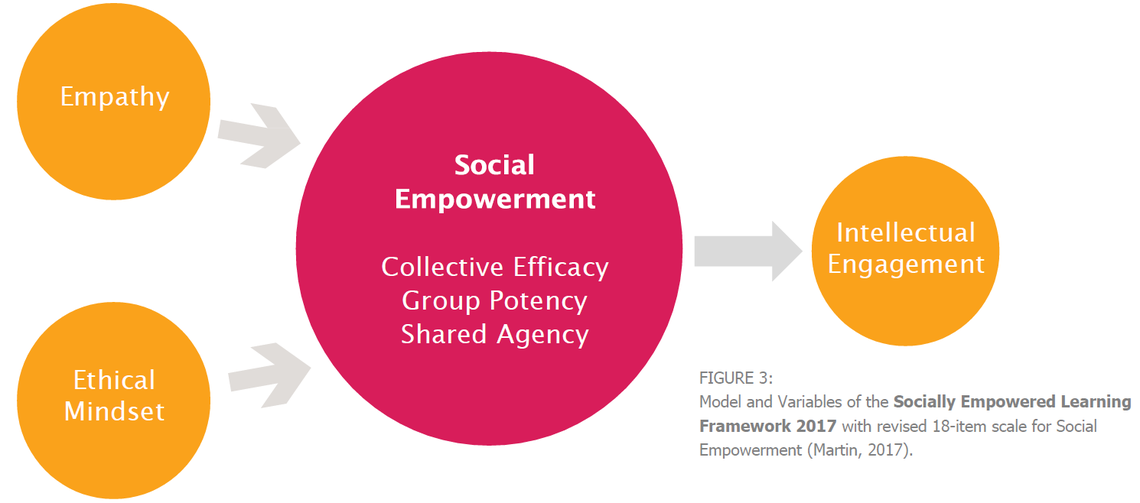
Socially empowered model
Feb. 21, 2017
Ongoing concerns over student engagement has sparked an interest in alternative learning strategies in schools nationwide. Addressing student engagement through arts-based pedagogies and incorporating real-world topics are commonly employed in classrooms, and according to a study by Dr. Brittany Harker Martin, combining performance, creativity, and social enterprise shows the most promising results.
Supported by the Rozsa Foundation, Dr. Martin’s Socially Empowered Learning project assessed the effectiveness of three approaches intended to better engage middle school students. The study investigated:
Working with students in grades 5-7, three schools engaged with a different approach, with one school serving as a control group.
Dr. Martin defines socially empowered learning as, “group-based, agency-rich opportunities that explore real-world issues and make a positive social impact,” (Martin, 2017). She also encourages teachers to consider how to embed opportunities for empathy, ethical reasoning, and entrepreneurial thinking in order to capitalize on the effects of the relationships within the socially empowered learning framework, designed to consider the perspectives of others and act on their behalf.
Along with the work in schools, Dr. Martin designed a framework based on these elements. The model below demonstrates the predicted relationship between increasing social empowerment, and increasing both intellectual engagement and entrepreneurial spirit in students. The results of the study found that each of the pathways were statistically significant – supporting the idea that socially empowered learning is a powerful tool for addressing student intellectual engagement in schools.

Socially empowered model
The study reports significant findings that support the use of AICC, ESE, and the combined approach. All three programs significantly increased students’ entrepreneurial spirit, with the ESE program in particular boosting engagement, social empowerment, and entrepreneurial thinking.
The greatest benefits, however, came from the combined program. According to Dr. Martin, by designing arts-based learning experiences that promote empathy and an ethical mindset, students are primed to take social action, and create solutions that support entrepreneurial thinking.
The findings suggest that learning that is designed to be Socially Empowered, through a combination of social enterprise and the arts, increases both entrepreneurial spirit and intellectual engagement. This new instructional approach holds promise for engaging students in school work and in real-world social justice issues, bringing meaning and creativity to in-school activity. Teachers can use this approach to incorporate socially empowered learning into their classrooms.
Check out the Rozsa Foundation Research Report for more!